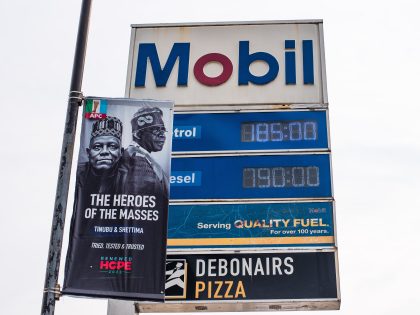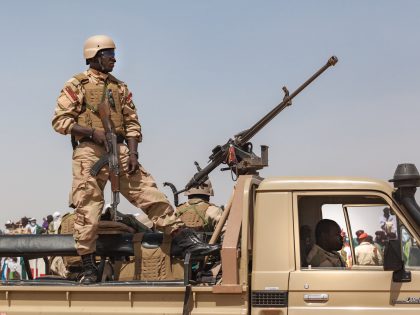A more complete narrative about global hip hop
An interview with documentary filmmaker, Adam Sjöberg, on the choices he made for his film, "Shake the Dust," about documentary.

A still from "Shake the Dust."
One of the selling points of the documentary film,”Shake the Dust,” which focuses one of the five elements of hip hop, break dancing, is that rap legend, Nas (government name: Nasir Jones), is its producer . Befitting hip hop’s global reach, the film showcases the break dance culture of Bogotá in Colombia, Kampala in Uganda, Phnom Penh in Cambodia and Sana’a, Yemen. The film is directed by the journalist Adam Sjöberg
The crews of dancers that are the protagonists of the film have no relation to each other, except for their shared b-boy culture which, as many of them mention, has helped them find purpose in life and escape from dark moments in their past. Most of the dancers featured come from humble, if not depressed, backgrounds: slums, drug addiction, or criminal lives. But break dancing has given them a community of friends, teachers and students to rely on, and a way to re-purpose their urban settings.
The dancers speak little in the film, which is heavier on the dance scenes, but their moves are more than enough to put the movie’s message across: there is not only movement, but also history, art, community, family and friendship in break dancing.
I briefly interviewed Sjöberg on the choices he made for this film and the hip-hop community of Latin America:
Why did you choose these countries in particular?
I was tired of seeing the same kinds of stories out of the so-called “developing world.” Documentary film is a powerful tool to be able to show people important social and political injustices, to illuminate the darker sides of things that we don’t often see. But I felt that the genre as a whole—as well as mainstream media in general—was doing a terrible job at painting holistic pictures of a lot places in the world. My own experiences traveling were very different—they were so rich, and I had had so many positive experiences in places that are traditionally seen in a negative light.
Do you think there was something that was connecting the countries you included in the movie?
I picked Cambodia, Colombia, Uganda and Yemen, because they had interesting, robust hip-hop scenes, and because I wanted to choose countries from different regions around the world that symbolized the misunderstanding we often have of places we only think about when we see them on the news. Colombia is often associated with the drug trade or conflict, Yemen with terrorism, Cambodia with poverty and the Khmer Rouge, and Uganda—like many other African countries—war, disease, and poverty. I picked these places precisely so that I could begin to build a more complete narrative around them.
What in particular attracted you about the hip-hop culture in Colombia?
I wanted to cover South America in general—originally, I was going to go to Brazil. There is such a rich hip-hop culture in the entire region but the opportunity to film in Bogotá came up when I got connected with Don Popo and Familia Ayara—a hip-hop non-profit working in Bogotá.
What I discovered was what felt like, at times, a hip-hop Utopia. I saw some of the best dance moves, and most beatiful graffiti, and we threw a huge “Shake the Dust” cypher in the streets that made me feel like I was in The Bronx back in the heyday of hip-hop.
What do you think is the current state of Latin American hip-hop and what do you think about its future?
Throughout my travels and research I’ve experienced hip-hop in Nicaragua, El Salvador, Guatemala, Costa Rica, Brazil, Mexico, Peru, and all over the Caribbean, including Haiti. But, as I mentioned, Colombia had one of the most impressive hip-hop scenes of anywhere I went.
There were multiple government-funded programs (locally, countrywide, and even UN-backed programs). Colombia’s street art scene rivals few and is possibly one of the best in the world. Most importantly, the culture has maintained a purity in its form, a socially conscious core – but has found it’s style within the context of Colombian culture. My experiences in Latin America as a whole have been similar. I’m impressed, moved, and incredibly excited to see how hip-hop continues to grow and spread and impact people throughout the region.
Shake the Dust is available on iTunes here.



















